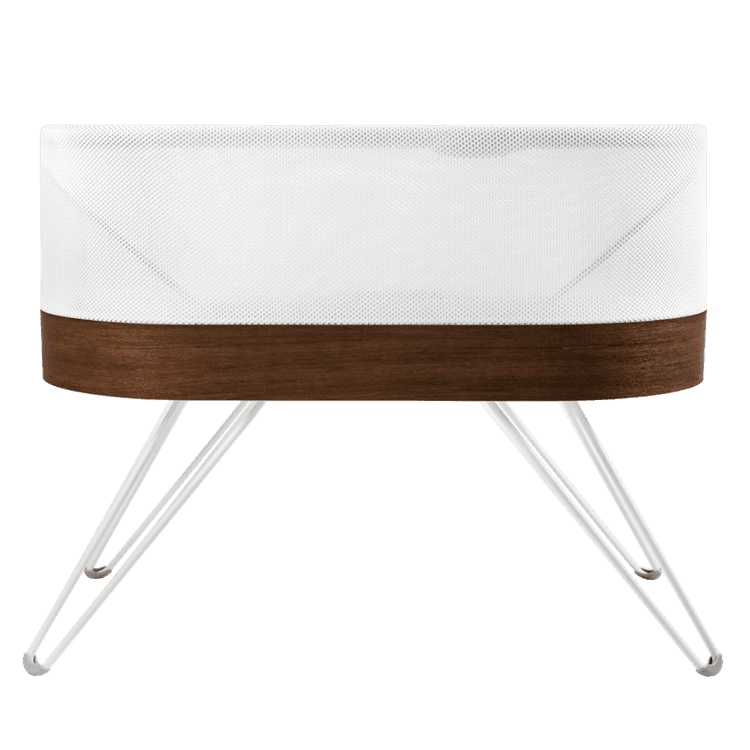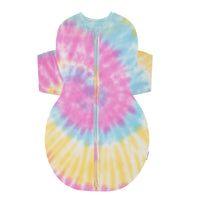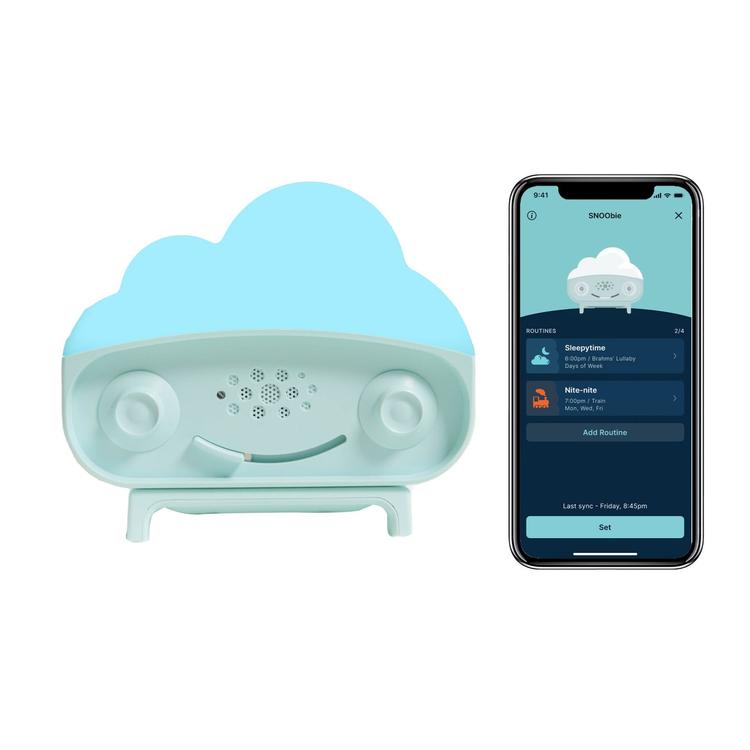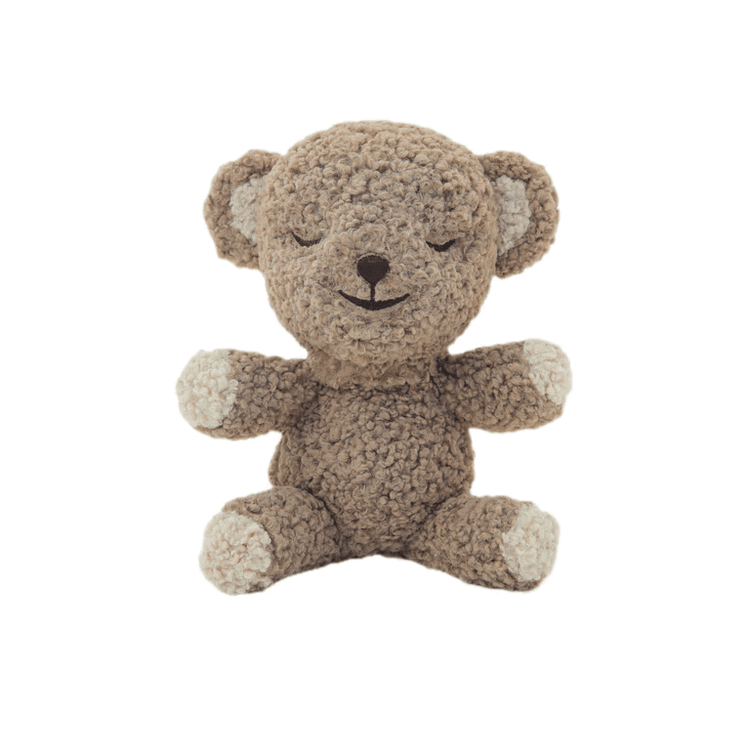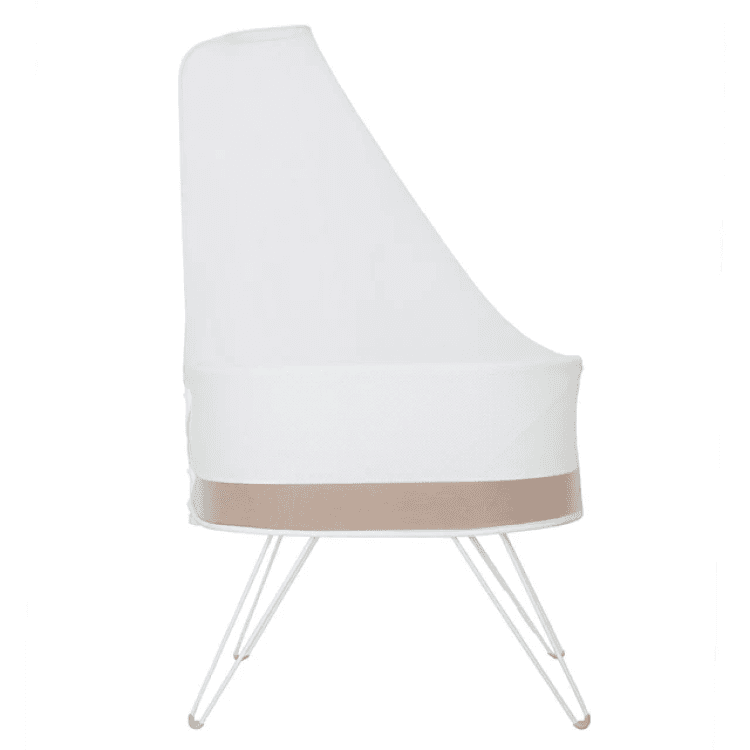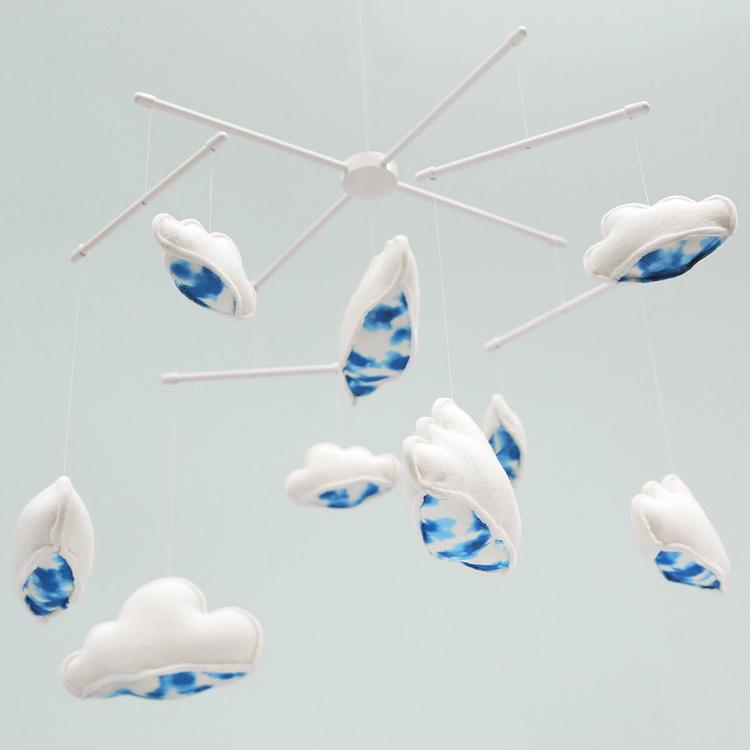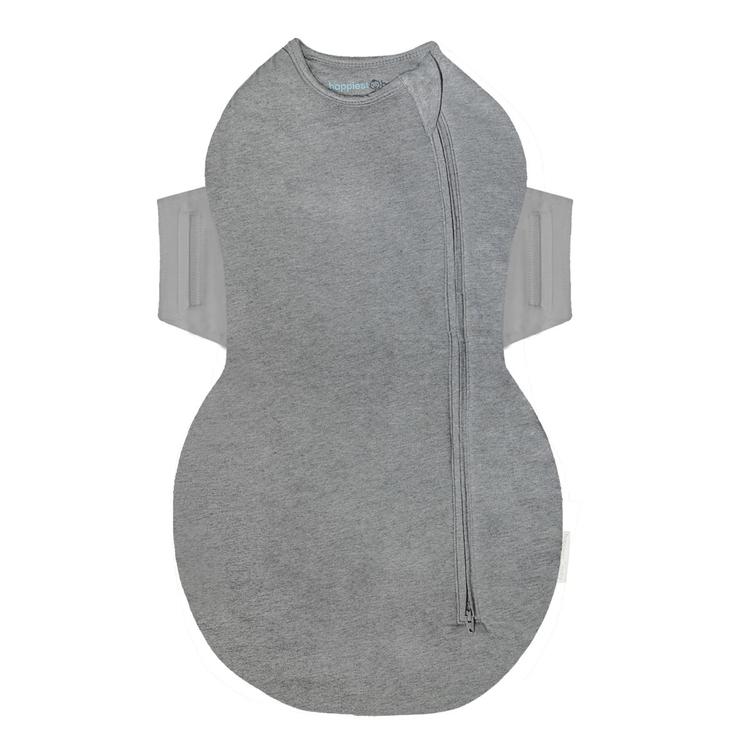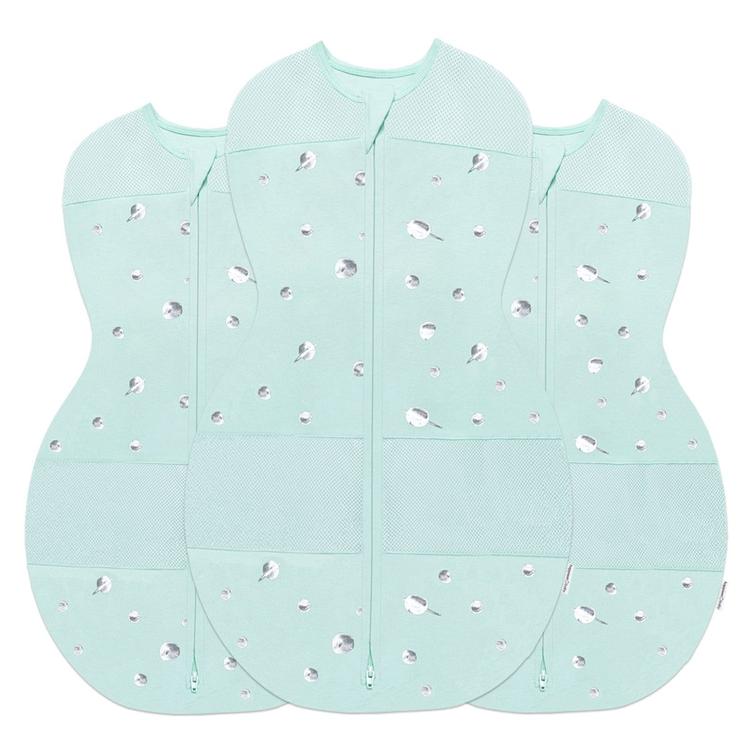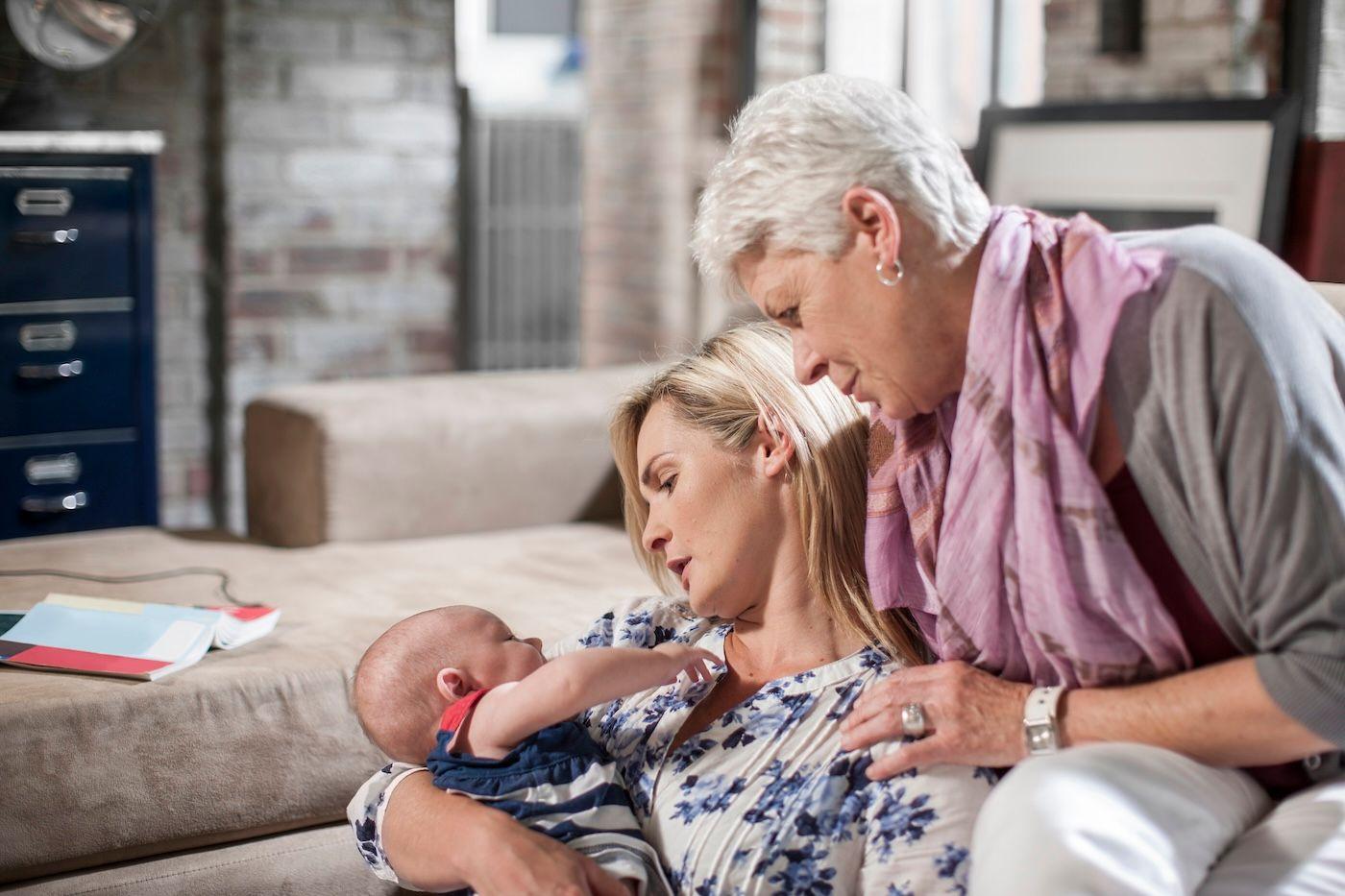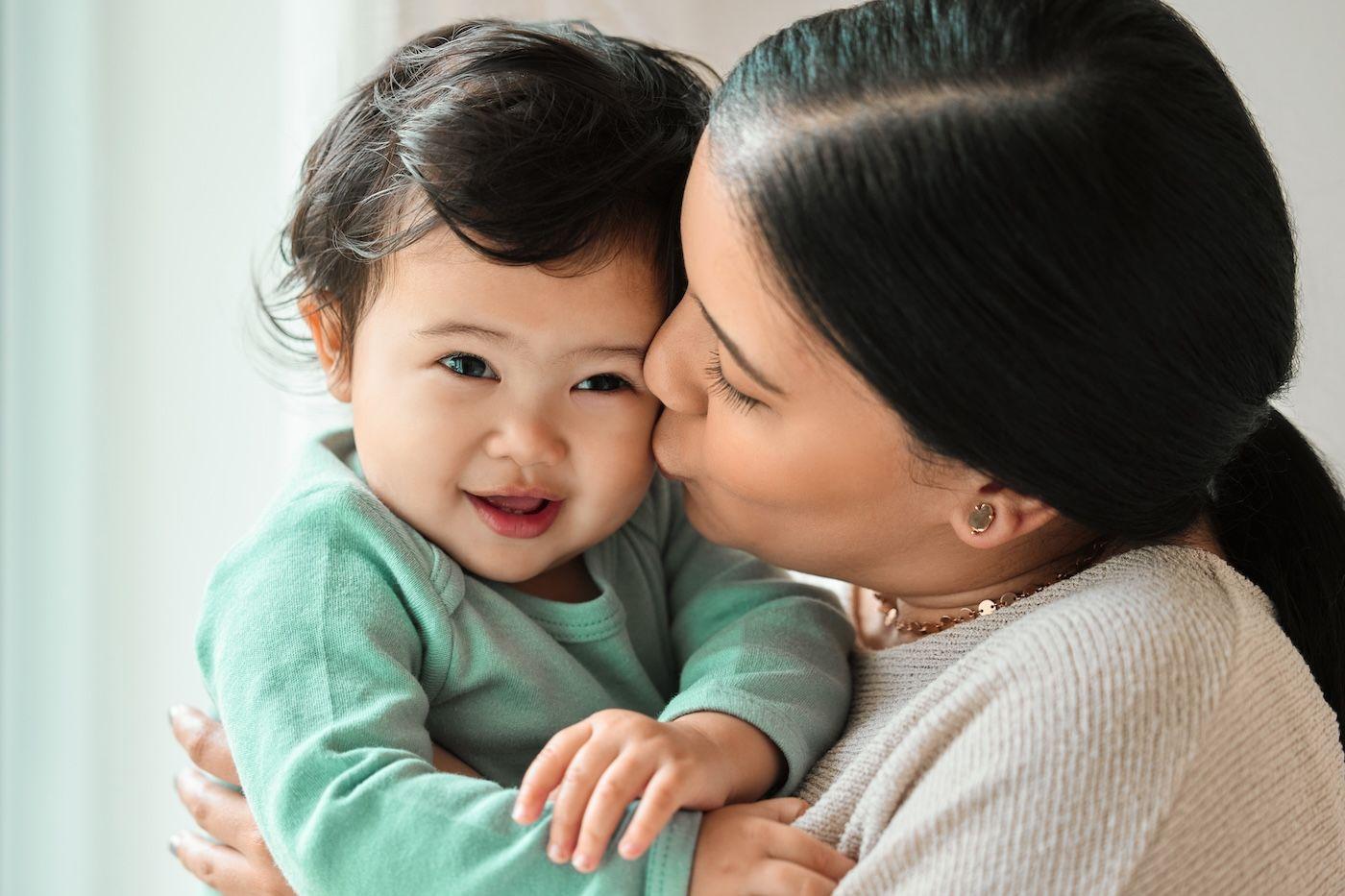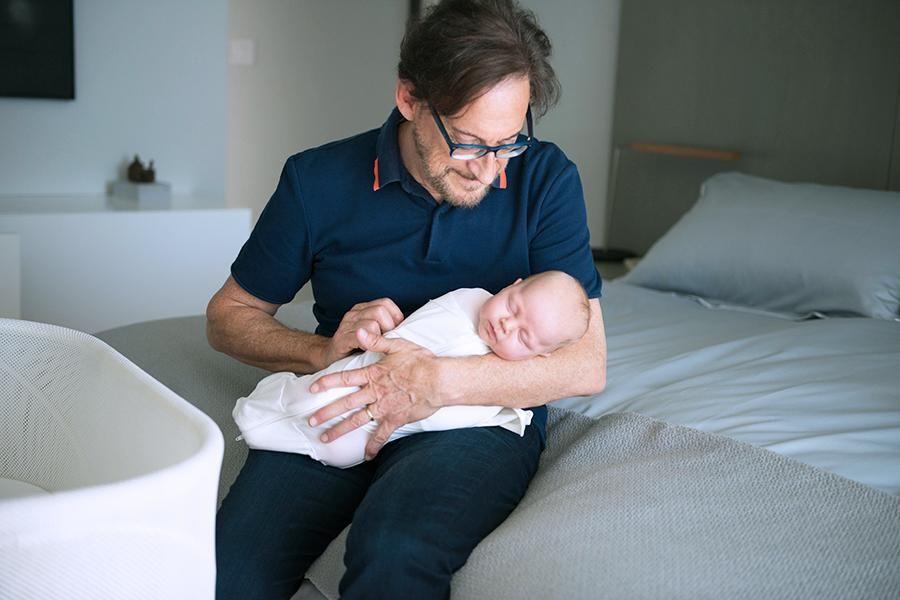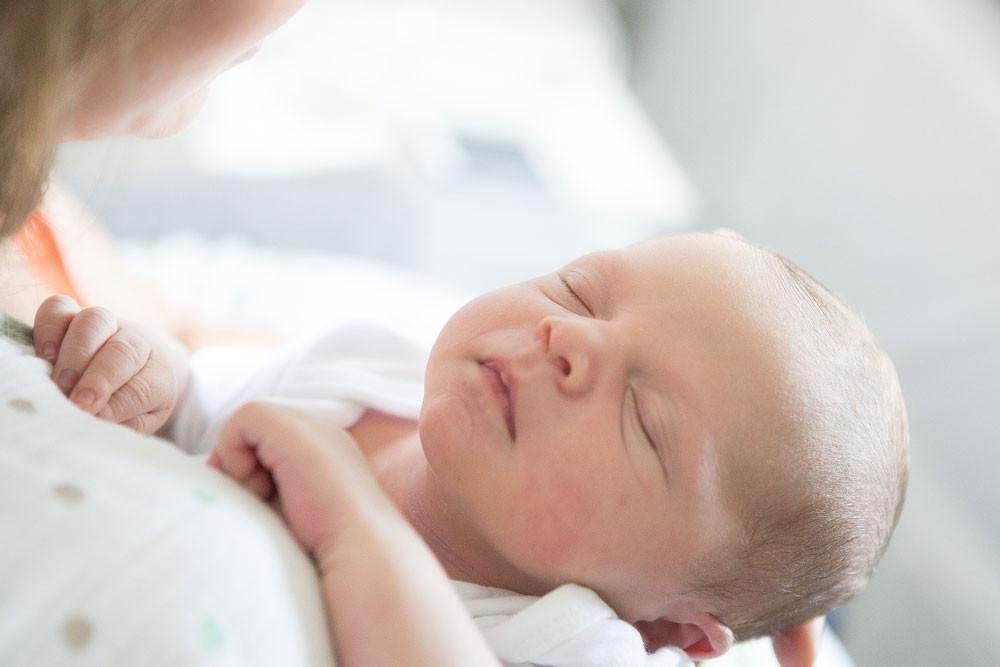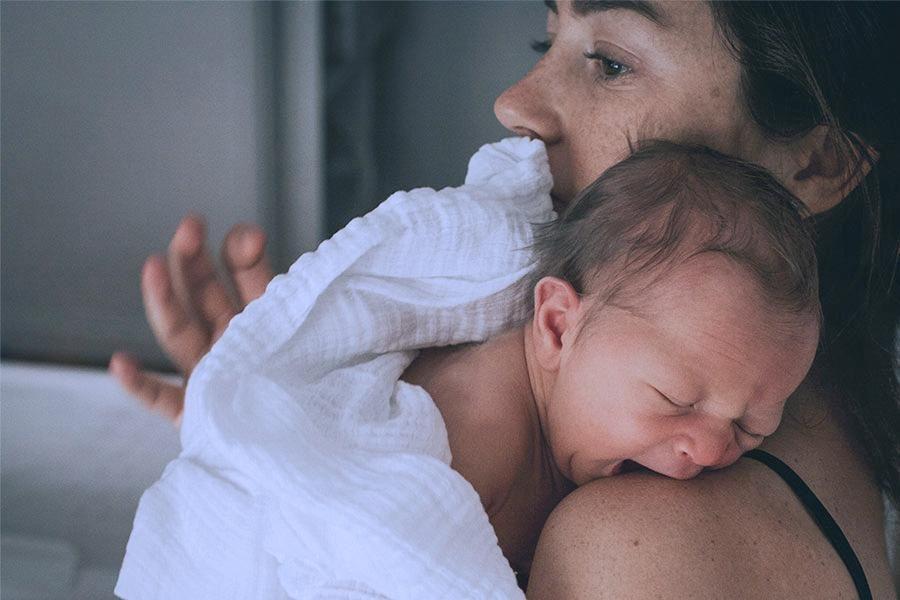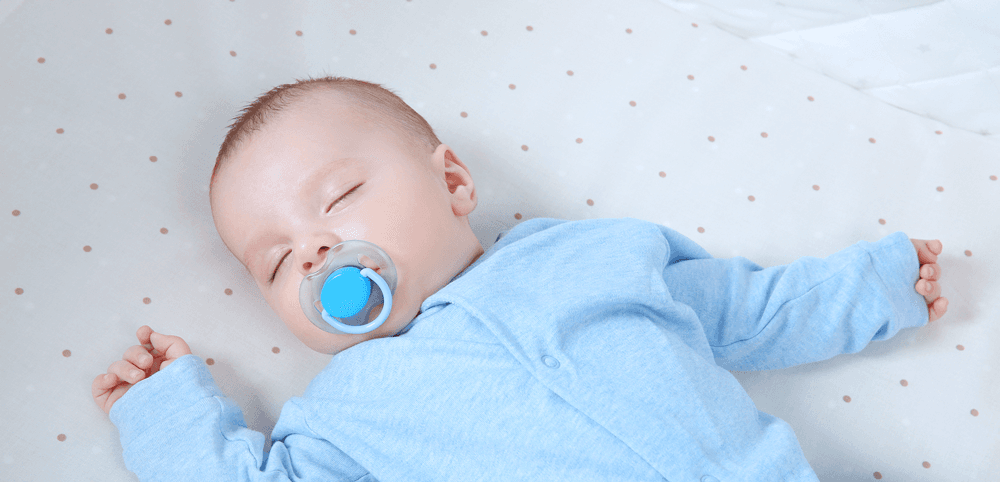Jet-setters are not the only ones who flock to airports and airplanes, these spaces are also a hotspot…for germs! Between the crowds, confined aircrafts, and hundreds of high-touch surfaces, there tons of ways to scoop up an unwanted souvenir in the form of coronavirus.
You may get lucky and your flight could be empty, leaving you plenty of room to keep your distance…or you could find yourself shoulder-to-shoulder with several total strangers. The problem is, you may not know how full your plane will be when you book your ticket! So, unless you can pay to have extra space between yourself and your neighbour, prepare to get cosier with your fellow flyers than you may like.
Every airline, airport, and flight may be a little different. Because there are so many aspects of air travel that are, well, up in the air. I would recommend driving to your destination if possible and if you do not have to spend too many days in hotels. Of course, you will want to scrub REALLY well after filling up your tank or using public restrooms. But, driving generally poses fewer coronavirus risks as long as you are traveling with your sheltering-in-place posse (traveling in a car with closed windows hugely increases the risk of COVID transmission). Plus, just think about the memories you and your little ones can make on the open road!
However, if you must fly, here are a few ways to keep yourself and your family as safe as possible:
Wear a mask when flying during COVID.
Coronavirus is mostly spread through the droplets we expel while coughing, sneezing, talking—and even breathing. That means you and everyone in your family over the age of 2 should wear a mask to protect yourselves…and the people around you! It is especially important to wear your mask on the plane where it is much harder to keep physical distance, but it is still important to wear it at the airport (especially when you are near others).
Eat at home or at your destination if possible.
Not only does eating require you to spend time with your mask off, but you risk spreading germs every time you handle your face mask to take it off or put it on. Consider bringing a few clean ones to avoid this. Pro tip: Do not touch the front of your mask to take it off! Your mask is filtering out the virus, meaning that those icky droplets you are trying to keep out are getting caught in the fabric of your mask.
Scrub your hands…often to prevent COVID.
And I mean scrub. To give germs the heave-ho, a quick rinse will not cut it. You need to vigorously rub them off. Make sure you and your children are lathering up your hands (or using hand sanitiser with at least 60% alcohol) after touching communal objects (door handles, the faucet, the rail on the escalator, etc.) and before and after touching your face…that includes before and after using your mask.
Keep your distance when you can when at the airport.
When you line up for airport security or even for the bathroom, make sure you are at least 2 metres from your neighbours. While you are waiting for your flight, try to stake out a spot in the lounge away from others. If you must dine at the airport, choose the least crowded eatery.
Wipe down your seat and surrounding area on the plane when flying during COVID.
Though germs sailing through the recirculated plane air are cause for concern, viruses can also spread through touch. Once you are on the plane, wipe down your seat, tray table, seatbelt, armrests, and anything else your kids can get their hands (or mouths!) on. (The best wipes to use are a little DIY magic: fold up some paper towels, stuff them in a zip-lock bag, and douse them with some rubbing alcohol).
If you fly, be prepared to self-isolate or get tested for COVID when you arrive.
Certain countries are requiring travelers (particularly from other places with big outbreaks) to quarantine for two weeks or take a coronavirus test to avoid spreading the virus. Be sure to read up before you go to find out if this affects your family. But getting tested upon arrival refraining from non-essential activities is not a bad practice, no matter where you are traveling to and from. Remember, any germs you pick up at home— or in the course of your travels— are hitching a ride to your destination as well. Also, a negative test just means that you are negative the day you tested…that means you can still become infected. So, if you develop any symptoms after a negative test, be sure to get tested again!
Let us work together to keep each other healthy and stop the spread of this terrible virus!
More tips for keeping your family healthy:


